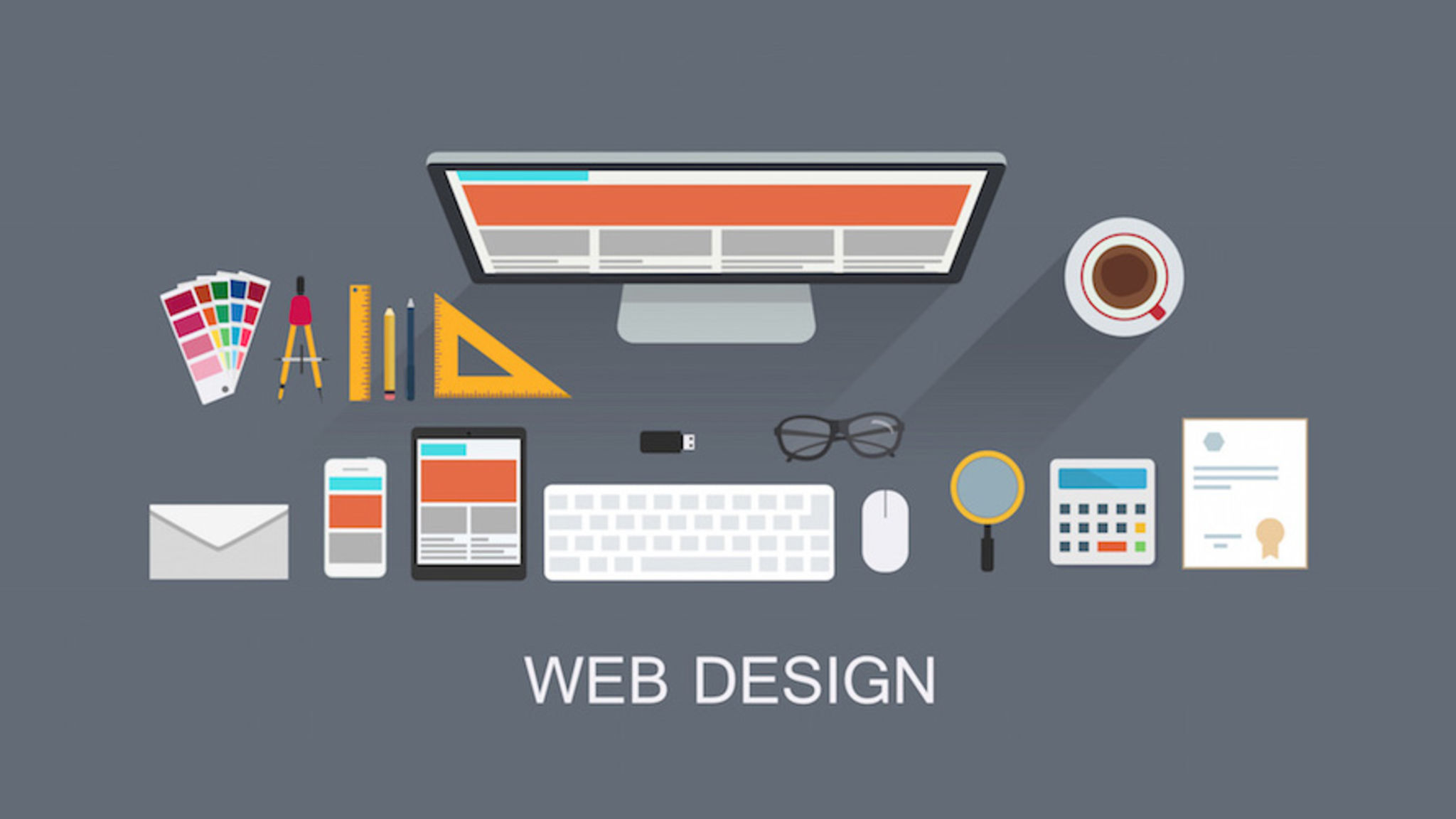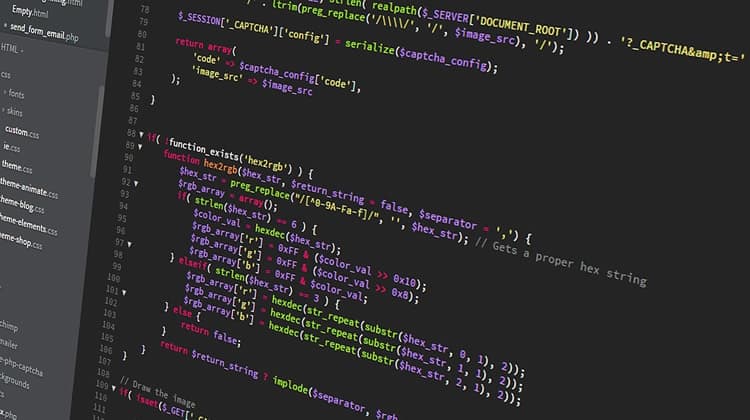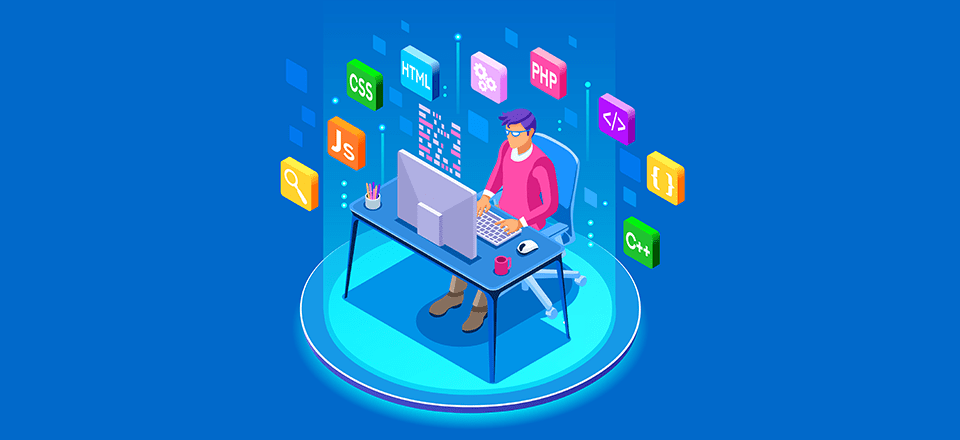All Categories
Featured
Table of Contents
- – Collaborate & Create Amazing Graphic Design Fo...
- – Modern Website Designs - Best Web Page Design...
- – Why Good Web Design Is Important, And Why You...
- – Figma: The Collaborative Interface Design Too...
- – 10 Good Deeds In Web Design - Nielsen Norman ...
- – Webpage Design (Article) - Further Learning -...
- – Figma: The Collaborative Interface Design To...
- – Web Design - Wikipedia Tips and Tricks:
- – Figma: The Collaborative Interface Design To...
- – Responsive Design Best Practices - Google Se...
- – What Is A Web Designer? (2022 Guide) - Brain...
Collaborate & Create Amazing Graphic Design For Free Tips and Tricks:
Quick summary Usability and the utility, not the visual design, determine the success or failure of a site. Given that the visitor of the page is the only person who clicks the mouse and therefore chooses whatever, user-centric design has established as a basic method for effective and profit-oriented web design - web design frederick md.
and the utility, not the visual style, identify the success or failure of a website. Given that the visitor of the page is the only individual who clicks the mouse and for that reason decides whatever, user-centric design has ended up being a standard method for successful and profit-oriented website design. After all, if users can't use a feature, it may also not exist.
g. where the search box must be put) as it has already been done in a variety of articles; rather we focus on the approaches which, utilized effectively, can lead to more sophisticated design decisions and streamline the procedure of viewing provided details. Please discover that you may be interested in the usability-related articles we've published prior to: Concepts Of Great Site Style And Effective Website Design Standards, In order to utilize the concepts appropriately we first require to comprehend how users engage with websites, how they think and what are the fundamental patterns of users' habits.
Modern Website Designs - Best Web Page Designers Tips and Tricks:
Visitors look at each brand-new page, scan a few of the text, and click the first link that catches their interest or vaguely resembles the thing they're trying to find. In fact, there are large parts of the page they do not even look at. The majority of users look for something fascinating (or useful) and clickable; as quickly as some appealing candidates are found, users click.
If a page supplies users with high-quality material, they want to jeopardize the material with advertisements and the style of the site. This is the reason why not-that-well-designed websites with top quality content get a lot of traffic over years. Material is more crucial than the design which supports it.

Users don't check out, they scan. Notification how "hot" locations abrupt in the middle of sentences. This is typical for the scanning process. Really basic concept: If a website isn't able to fulfill users' expectations, then designer failed to get his job done effectively and the company loses money. The higher is the cognitive load and the less intuitive is the navigation, the more willing are users to leave the site and search for options.
Why Good Web Design Is Important, And Why You Need It Tips and Tricks:
Neither do they scan webpage in a linear fashion, going sequentially from one website area to another one. Rather users satisfice; they choose the very first affordable alternative. As quickly as they discover a link that appears like it might cause the objective, there is a very good chance that it will be instantly clicked.
It does not matter to us if we understand how things work, as long as we can use them. If your audience is going to imitate you're developing billboard, then design great signboards." Users want to be able to control their browser and count on the consistent data presentation throughout the site.
If the navigation and site architecture aren't user-friendly, the number of enigma grows and makes it harder for users to comprehend how the system works and how to obtain from point A to point B. A clear structure, moderate visual hints and easily identifiable links can help users to find their path to their objective.
Figma: The Collaborative Interface Design Tool. Tips and Tricks:

claims to be "beyond channels, beyond items, beyond distribution". What does it imply? Considering that users tend to check out websites according to the "F"-pattern, these three statements would be the very first aspects users will see on the page once it is filled. Although the design itself is easy and user-friendly, to understand what the page has to do with the user needs to look for the answer.
As soon as you've accomplished this, you can interact why the system is useful and how users can benefit from it. Don't Misuse Users' Patience, In every task when you are going to provide your visitors some service or tool, attempt to keep your user requirements very little.
Newbie visitors are ready to, not filling long web forms for an account they might never ever utilize in the future. Let users check out the site and discover your services without requiring them into sharing private information. It's not affordable to require users to enter an email address to check the function.
10 Good Deeds In Web Design - Nielsen Norman Group Tips and Tricks:
Stikkit is an ideal example for an user-friendly service which needs practically absolutely nothing from the visitor which is unobtrusive and comforting. And that's what you desire your users to feel on your website. Apparently, Termite needs more. Nevertheless the registration can be done in less than 30 seconds as the kind has horizontal orientation, the user does not even require to scroll the page.
A user registration alone suffices of an obstacle to user navigation to minimize inbound traffic. 3. Manage To Focus Users' Attention, As sites supply both fixed and dynamic content, some aspects of the user interface bring in attention more than others do. Undoubtedly, images are more distinctive than the text just as the sentences marked as bold are more attractive than plain text.
Focusing users' attention to specific areas of the site with a moderate use of visual elements can help your visitors to receive from point A to point B without thinking of how it in fact is supposed to be done. The less enigma visitors have, the they have and the more trust they can establish towards the business the website represents.
Webpage Design (Article) - Further Learning - Khan Academy Tips and Tricks:
4. Pursue Feature Direct exposure, Modern website design are typically criticized due to their method of directing users with aesthetically appealing 1-2-3-done-steps, big buttons with visual effects etc. From the design point of view these components actually aren't a bad thing. On the contrary, such as they lead the visitors through the site material in a really basic and user-friendly way.
The website has 9 primary navigation options which are visible at the first glimpse. What matters is that the material is well-understood and visitors feel comfy with the method they connect with the system.
Instead a price: just what visitors are looking for. An optimal solution for effective writing is touse short and concise expressions (come to the point as quickly as possible), use scannable design (classify the material, use numerous heading levels, use visual elements and bulleted lists which break the flow of uniform text blocks), use plain and unbiased language (a promo does not require to sound like advertisement; give your users some affordable and objective reason why they must use your service or remain on your site)6.
Figma: The Collaborative Interface Design Tool. Tips and Tricks:
Users are rarely on a website to delight in the design; in addition, most of the times they are trying to find the details despite the design - web design frederick md. Make every effort for simplicity rather of complexity. From the visitors' perspective, the best site design is a pure text, with no ads or additional content blocks matching exactly the query visitors used or the material they've been searching for.
Finch clearly provides the info about the site and gives visitors an option of options without overcrowding them with unnecessary material. Not just does it assist to for the visitors, but it makes it possible to view the information provided on the screen.
Complex structures are more difficult to read, scan, examine and work with. If you have the option in between separating 2 style sections by a visible line or by some whitespace, it's generally much better to use the whitespace solution. (Simon's Law): the better you manage to offer users with a sense of visual hierarchy, the easier your content will be to view.
Web Design - Wikipedia Tips and Tricks:
The same conventions and guidelines must be applied to all elements.: do the most with the least amount of hints and visual components. Clarity: all components must be developed so their significance is not uncertain.
Conventions Are Our Good friends, Traditional style of website aspects does not result in a dull web site. It would be an use nightmare if all sites had different visual presentation of RSS-feeds.
understand what they're anticipating from a website navigation, text structure, search positioning etc. A typical example from use sessions is to equate the page in Japanese (assuming your web users do not understand Japanese, e. g. with Babelfish) and offer your use testers with a job to discover something in the page of various language.
Figma: The Collaborative Interface Design Tool. Tips and Tricks:
Steve Krug recommends that it's much better to, however make the most of conventions when you do not. 10. Test Early, Test Typically, This so-called TETO-principle should be used to every web design task as functionality tests often supply into considerable issues and problems associated with an offered design. Test not far too late, not insufficient and not for the wrong reasons.
Some crucial indicate bear in mind: according to Steve Krug, and screening one user early in the job is better than testing 50 near the end. Accoring to Boehm's very first law, mistakes are most regular throughout requirements and design activities and are the more costly the later they are eliminated.
That implies that you develop something, test it, repair it and then evaluate it once again. There may be issues which have not been found throughout the preliminary as users were virtually obstructed by other issues. functionality tests. Either you'll be indicated the problems you have or you'll be indicated the lack of significant design defects which is in both cases a beneficial insight for your job.
Responsive Design Best Practices - Google Search Central Tips and Tricks:

This holds for designers. After you have actually worked on a website for couple of weeks, you can't observe it from a fresh perspective anymore. You know how it is constructed and for that reason you understand precisely how it works you have the knowledge independent testers and visitors of your website wouldn't have.
It can be connected to other areas such as graphic design, user experience, and multimedia arts, however is more appropriately seen from a technological viewpoint. It has become a large part of individuals's everyday lives. It is hard to think of the Internet without animated graphics, various styles of typography, background, videos and music.

Throughout 1991 to 1993 the World Wide Web was born. Text-only pages might be seen using an easy line-mode internet browser. In 1993 Marc Andreessen and Eric Bina, produced the Mosaic browser. At the time there were several web browsers, however the bulk of them were Unix-based and naturally text heavy. There had been no integrated approach to graphic design components such as images or noises.
What Is A Web Designer? (2022 Guide) - Brainstation® Tips and Tricks:
The W3C was created in October 1994 to "lead the Web to its full potential by developing common protocols that promote its evolution and guarantee its interoperability." This discouraged any one business from monopolizing a propriety browser and programming language, which could have changed the impact of the Internet as a whole.
As this has taken place the innovation of the web has also carried on. There have actually also been significant modifications in the method individuals use and access the web, and this has altered how sites are developed. Because completion of the browsers wars [] brand-new browsers have actually been launched. Much of these are open source indicating that they tend to have much faster advancement and are more helpful of new requirements.
Learn more about Lovell Media Group LLC or TrainACETable of Contents
- – Collaborate & Create Amazing Graphic Design Fo...
- – Modern Website Designs - Best Web Page Design...
- – Why Good Web Design Is Important, And Why You...
- – Figma: The Collaborative Interface Design Too...
- – 10 Good Deeds In Web Design - Nielsen Norman ...
- – Webpage Design (Article) - Further Learning -...
- – Figma: The Collaborative Interface Design To...
- – Web Design - Wikipedia Tips and Tricks:
- – Figma: The Collaborative Interface Design To...
- – Responsive Design Best Practices - Google Se...
- – What Is A Web Designer? (2022 Guide) - Brain...
Latest Posts
Modern Website Designs - Best Web Page Designers Tips and Tricks:
The Top 10 Most Important Elements Of A Website Design Tips and Tricks:
What Does A Web Designer Do? - Careerexplorer Tips and Tricks:
More
Latest Posts
Modern Website Designs - Best Web Page Designers Tips and Tricks:
The Top 10 Most Important Elements Of A Website Design Tips and Tricks:
What Does A Web Designer Do? - Careerexplorer Tips and Tricks: